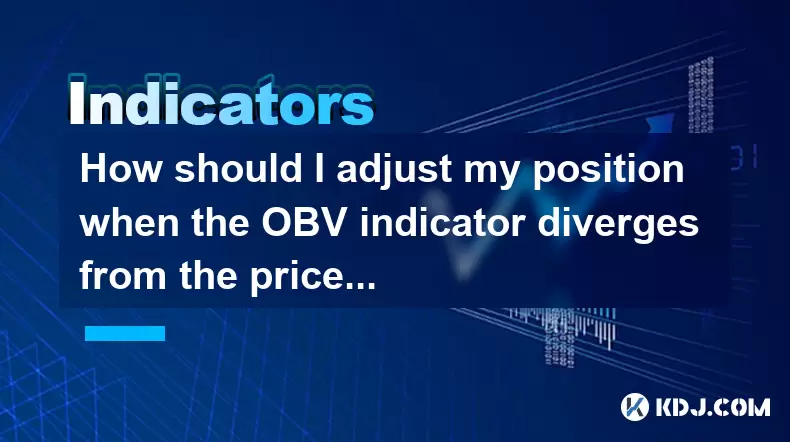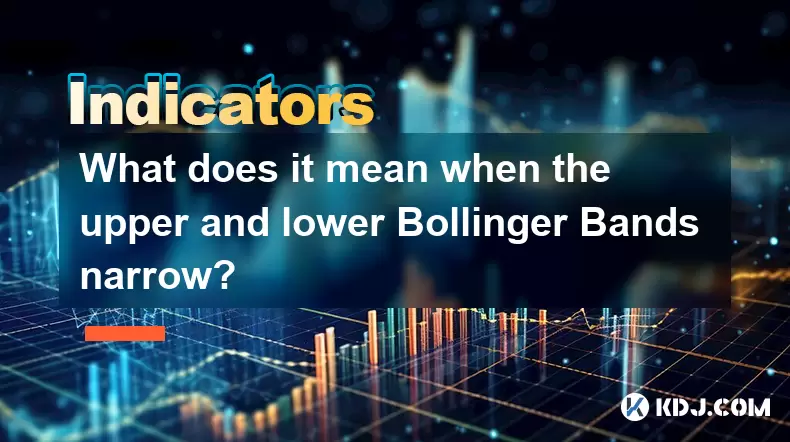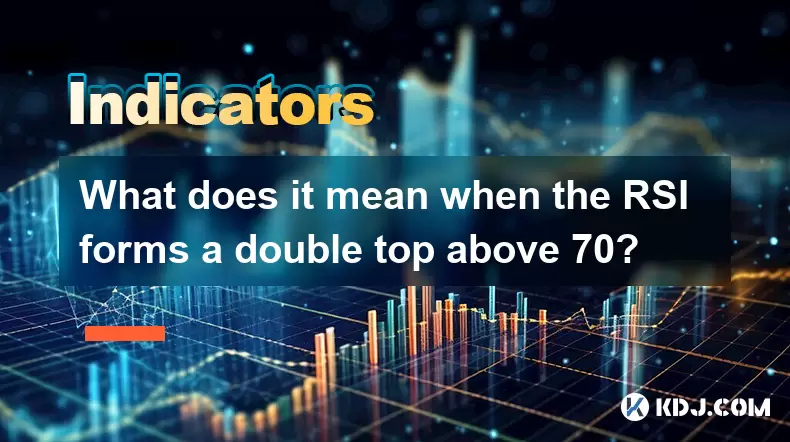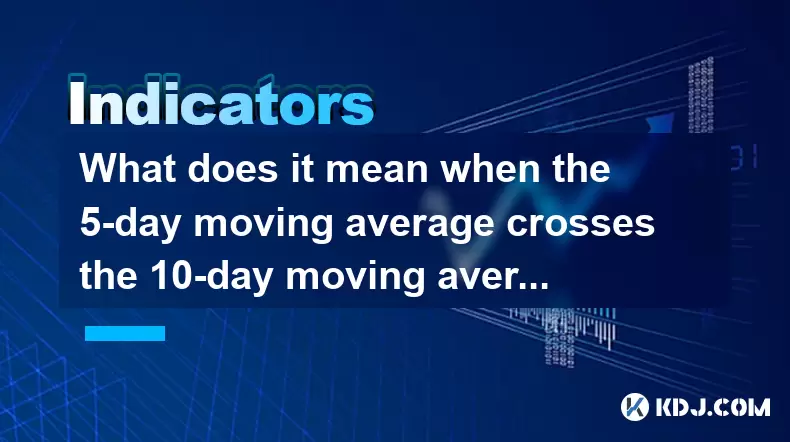-
 Bitcoin
Bitcoin $116400
-0.36% -
 Ethereum
Ethereum $4033
3.40% -
 XRP
XRP $3.302
-1.26% -
 Tether USDt
Tether USDt $1.000
-0.02% -
 BNB
BNB $796.1
1.67% -
 Solana
Solana $177.8
1.89% -
 USDC
USDC $0.9999
0.00% -
 Dogecoin
Dogecoin $0.2314
4.09% -
 TRON
TRON $0.3381
0.14% -
 Cardano
Cardano $0.7989
1.22% -
 Stellar
Stellar $0.4496
-1.84% -
 Chainlink
Chainlink $20.42
9.42% -
 Hyperliquid
Hyperliquid $41.17
0.88% -
 Sui
Sui $3.914
3.77% -
 Bitcoin Cash
Bitcoin Cash $584.7
1.52% -
 Hedera
Hedera $0.2632
-0.54% -
 Avalanche
Avalanche $24.09
3.40% -
 Ethena USDe
Ethena USDe $1.001
-0.02% -
 Litecoin
Litecoin $123.2
1.33% -
 Toncoin
Toncoin $3.318
-0.04% -
 UNUS SED LEO
UNUS SED LEO $8.984
-0.05% -
 Shiba Inu
Shiba Inu $0.00001323
2.85% -
 Uniswap
Uniswap $10.90
4.41% -
 Polkadot
Polkadot $3.999
3.34% -
 Dai
Dai $1.000
0.01% -
 Cronos
Cronos $0.1630
9.64% -
 Bitget Token
Bitget Token $4.484
0.82% -
 Monero
Monero $272.4
2.44% -
 Pepe
Pepe $0.00001173
6.03% -
 Aave
Aave $290.8
2.88%
How should I adjust my position when the OBV indicator diverges from the price?
Use OBV divergence to adjust crypto positions: bullish signals suggest going long, bearish signals indicate shorting, always confirm with other indicators.
Jun 03, 2025 at 07:56 am

When analyzing the cryptocurrency market, understanding the divergence between the On-Balance Volume (OBV) indicator and the price can provide valuable insights into potential trend reversals or continuations. This article will explore how to adjust your position based on the OBV indicator's divergence from the price, offering detailed guidance on interpreting signals and making informed trading decisions.
Understanding the OBV Indicator
The On-Balance Volume (OBV) is a momentum indicator that uses volume flow to predict changes in stock price. The core principle behind OBV is that volume precedes price movement. When the OBV line rises, it suggests that the volume is supporting the upward price trend, and when it falls, it indicates that the volume is supporting a downward price trend.
To calculate the OBV, you add the day's volume to the running total when the price closes higher and subtract it when the price closes lower. If the price remains unchanged, the OBV remains the same. The formula is as follows:
- If the closing price today > closing price yesterday, then: OBV today = OBV yesterday + Volume today
- If the closing price today < closing price yesterday, then: OBV today = OBV yesterday - Volume today
- If the closing price today = closing price yesterday, then: OBV today = OBV yesterday
Identifying Divergence Between OBV and Price
Divergence occurs when the OBV indicator moves in the opposite direction of the price. There are two types of divergence to consider:
Bullish Divergence: This happens when the price is making lower lows, but the OBV is making higher lows. It suggests that despite the downward price movement, buying pressure is increasing, which could lead to a potential upward reversal.
Bearish Divergence: This occurs when the price is making higher highs, but the OBV is making lower highs. It indicates that despite the upward price movement, selling pressure is increasing, which could lead to a potential downward reversal.
To identify divergence, you should:
- Plot the OBV on your chart alongside the price.
- Compare the price trends with the OBV trends over the same period.
- Look for instances where the price and OBV are moving in opposite directions.
Adjusting Your Position Based on Bullish Divergence
When you observe a bullish divergence, it might be a signal to consider adjusting your position in anticipation of a potential upward price movement. Here are the steps to take:
Confirm the Divergence: Ensure the divergence is significant by looking at multiple time frames. A divergence that appears on both daily and weekly charts is more reliable than one seen only on a shorter time frame.
Assess Market Conditions: Evaluate other market indicators and news to ensure there are no conflicting signals that could negate the bullish divergence.
Adjust Your Position:
- If you are currently short, consider closing your short position to limit potential losses.
- If you are not in the market, consider opening a long position.
- If you are already long, you might want to increase your position size, but be cautious and ensure you are not over-leveraging.
Adjusting Your Position Based on Bearish Divergence
When a bearish divergence is identified, it could be a signal to adjust your position in anticipation of a potential downward price movement. Here are the steps to take:
Confirm the Divergence: Verify the divergence across multiple time frames to increase its reliability.
Assess Market Conditions: Check other indicators and market news to confirm the bearish signal.
Adjust Your Position:
- If you are currently long, consider closing your long position to limit potential losses.
- If you are not in the market, consider opening a short position.
- If you are already short, you might want to increase your position size, but again, be cautious with leverage.
Using OBV in Conjunction with Other Indicators
While the OBV is a powerful tool, it should not be used in isolation. Combining it with other technical indicators can help validate signals and improve the accuracy of your trading decisions. Here are some indicators that can be used alongside OBV:
Moving Averages: Use moving averages to confirm trends. If the OBV is diverging bullishly and the price is above a key moving average, it strengthens the bullish signal.
Relative Strength Index (RSI): The RSI can help identify overbought or oversold conditions. If the OBV shows bullish divergence and the RSI is in oversold territory, it could indicate a strong buying opportunity.
MACD (Moving Average Convergence Divergence): The MACD can confirm momentum shifts. If the OBV shows bearish divergence and the MACD line crosses below the signal line, it could reinforce the bearish signal.
Practical Example of Adjusting Position Based on OBV Divergence
Let's consider a practical example to illustrate how to adjust your position based on OBV divergence:
Scenario: You are monitoring Bitcoin (BTC) and notice that the price is making lower lows, but the OBV is making higher lows, indicating a bullish divergence.
Action:
- Confirm the Divergence: You check the daily and weekly charts and confirm the bullish divergence.
- Assess Market Conditions: You review other indicators like the RSI, which shows that BTC is in oversold territory, and there are no significant negative news events.
- Adjust Your Position: Since you are currently not in the market, you decide to open a long position on BTC. You set your entry price at the current market rate, with a stop-loss just below the recent low to manage risk.
FAQs
Q1: Can OBV be used for all cryptocurrencies, or is it more effective for certain types?
A1: The OBV indicator can be applied to all cryptocurrencies, but its effectiveness may vary depending on the liquidity and trading volume of the specific cryptocurrency. For highly liquid assets like Bitcoin and Ethereum, OBV tends to be more reliable due to the larger volume of trades. For less liquid cryptocurrencies, the OBV might be more volatile and less reliable.
Q2: How often should I check for OBV divergence?
A2: The frequency of checking for OBV divergence depends on your trading style. For day traders, checking the OBV multiple times throughout the day on shorter time frames (e.g., 15-minute or 1-hour charts) might be necessary. For swing traders or long-term investors, checking the OBV on daily or weekly charts once or twice a day might be sufficient.
Q3: What should I do if the OBV and price diverge, but other indicators show conflicting signals?
A3: In cases where the OBV and price diverge but other indicators show conflicting signals, it's important to exercise caution. You should weigh the signals from all indicators and consider the overall market context. If the majority of indicators support the OBV signal, you might proceed with adjusting your position. However, if the signals are mixed, it might be wiser to wait for more clarity before making a decision.
Q4: Is there a specific time frame that works best for OBV divergence analysis?
A4: The effectiveness of OBV divergence analysis can vary across different time frames. Generally, longer time frames (daily or weekly charts) tend to provide more reliable signals due to the larger volume of data. However, for more active traders, shorter time frames (1-hour or 4-hour charts) can also be useful, though the signals might be less reliable and more prone to false positives.
Disclaimer:info@kdj.com
The information provided is not trading advice. kdj.com does not assume any responsibility for any investments made based on the information provided in this article. Cryptocurrencies are highly volatile and it is highly recommended that you invest with caution after thorough research!
If you believe that the content used on this website infringes your copyright, please contact us immediately (info@kdj.com) and we will delete it promptly.
- Shiba Inu (SHIB) in the Crypto Landscape: Community, Trends, and Future Outlook
- 2025-08-09 20:30:12
- Solana, Unilabs, and Social Trends: Decoding the Crypto Buzz
- 2025-08-09 21:10:12
- Dogecoin, Meme Coins, and Layer Brett: Chasing the Next 100x
- 2025-08-09 20:50:12
- Crypto Presales in 2025: Are They Set to Outperform Launches?
- 2025-08-09 20:55:15
- Solana, Cardano, and Shiba Inu: Navigating the Crypto Landscape Beyond the Hype
- 2025-08-09 21:15:27
- Lasers in Modern Warfare: Iron Beam and the Future of Defense
- 2025-08-09 20:30:12
Related knowledge

What does it mean when the MACD histogram continues to shorten but the price reaches a new high?
Aug 09,2025 at 09:29pm
Understanding the MACD Histogram and Its ComponentsThe MACD (Moving Average Convergence Divergence) indicator is a widely used technical analysis tool...

What does it mean when the Triple Moving Average (TRIX) turns downward but the price doesn't fall?
Aug 09,2025 at 12:42pm
Understanding the Triple Moving Average (TRIX) IndicatorThe Triple Moving Average, commonly known as TRIX, is a momentum oscillator designed to filter...

What does it mean when the Williams' oscillator repeatedly hits bottoms but fails to rebound?
Aug 09,2025 at 09:28am
Understanding the Williams %R OscillatorThe Williams %R oscillator, developed by Larry Williams, is a momentum indicator used in technical analysis to...

What does it mean when the upper and lower Bollinger Bands narrow?
Aug 09,2025 at 03:00pm
Understanding Bollinger Bands in Cryptocurrency TradingBollinger Bands are a widely used technical analysis tool in the cryptocurrency market, develop...

What does it mean when the RSI forms a double top above 70?
Aug 09,2025 at 05:50pm
Understanding the RSI and Overbought ConditionsThe Relative Strength Index (RSI) is a momentum oscillator that measures the speed and change of price ...

What does it mean when the 5-day moving average crosses the 10-day moving average but the 20-day moving average remains upward?
Aug 09,2025 at 03:35pm
Understanding Moving Averages in Cryptocurrency TradingMoving averages are foundational tools in technical analysis, especially within the cryptocurre...

What does it mean when the MACD histogram continues to shorten but the price reaches a new high?
Aug 09,2025 at 09:29pm
Understanding the MACD Histogram and Its ComponentsThe MACD (Moving Average Convergence Divergence) indicator is a widely used technical analysis tool...

What does it mean when the Triple Moving Average (TRIX) turns downward but the price doesn't fall?
Aug 09,2025 at 12:42pm
Understanding the Triple Moving Average (TRIX) IndicatorThe Triple Moving Average, commonly known as TRIX, is a momentum oscillator designed to filter...

What does it mean when the Williams' oscillator repeatedly hits bottoms but fails to rebound?
Aug 09,2025 at 09:28am
Understanding the Williams %R OscillatorThe Williams %R oscillator, developed by Larry Williams, is a momentum indicator used in technical analysis to...

What does it mean when the upper and lower Bollinger Bands narrow?
Aug 09,2025 at 03:00pm
Understanding Bollinger Bands in Cryptocurrency TradingBollinger Bands are a widely used technical analysis tool in the cryptocurrency market, develop...

What does it mean when the RSI forms a double top above 70?
Aug 09,2025 at 05:50pm
Understanding the RSI and Overbought ConditionsThe Relative Strength Index (RSI) is a momentum oscillator that measures the speed and change of price ...

What does it mean when the 5-day moving average crosses the 10-day moving average but the 20-day moving average remains upward?
Aug 09,2025 at 03:35pm
Understanding Moving Averages in Cryptocurrency TradingMoving averages are foundational tools in technical analysis, especially within the cryptocurre...
See all articles

























































































